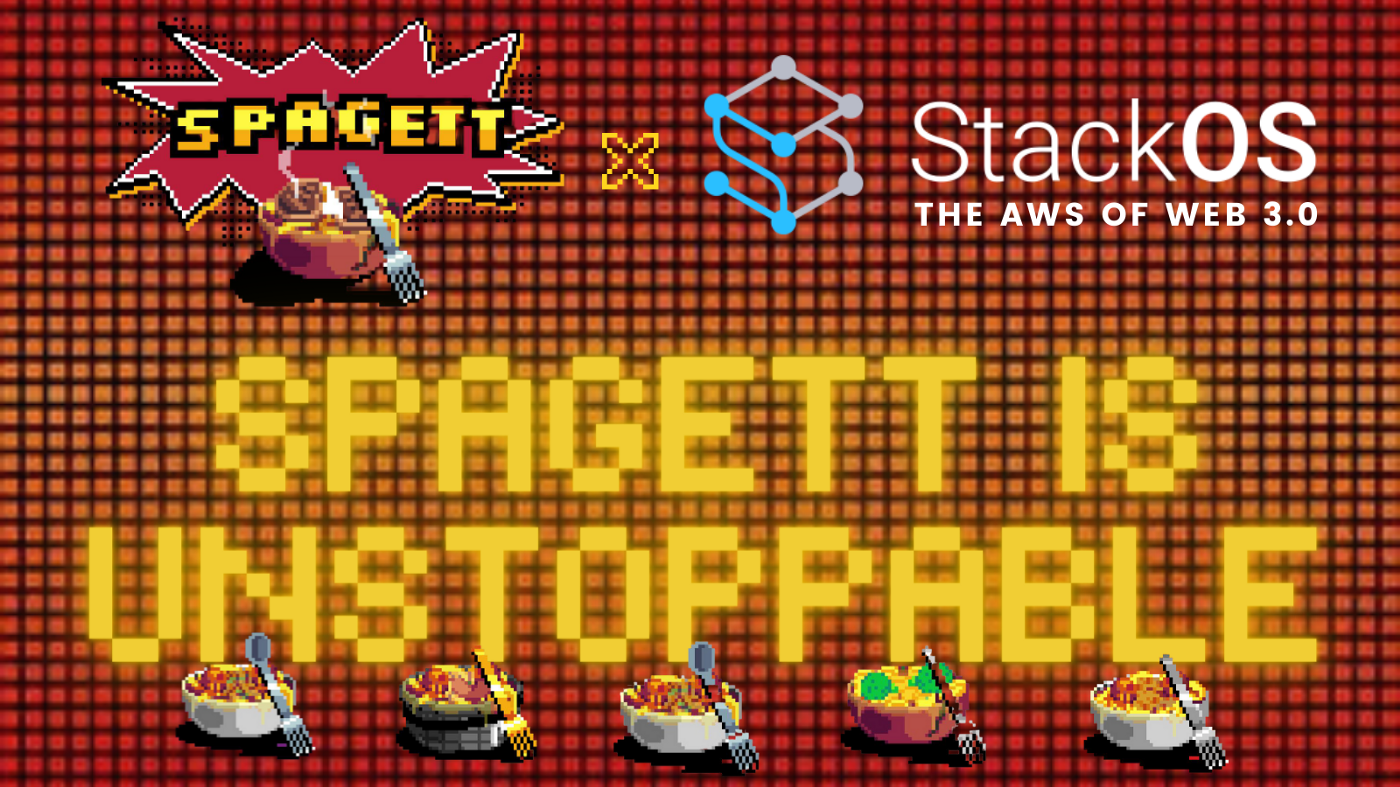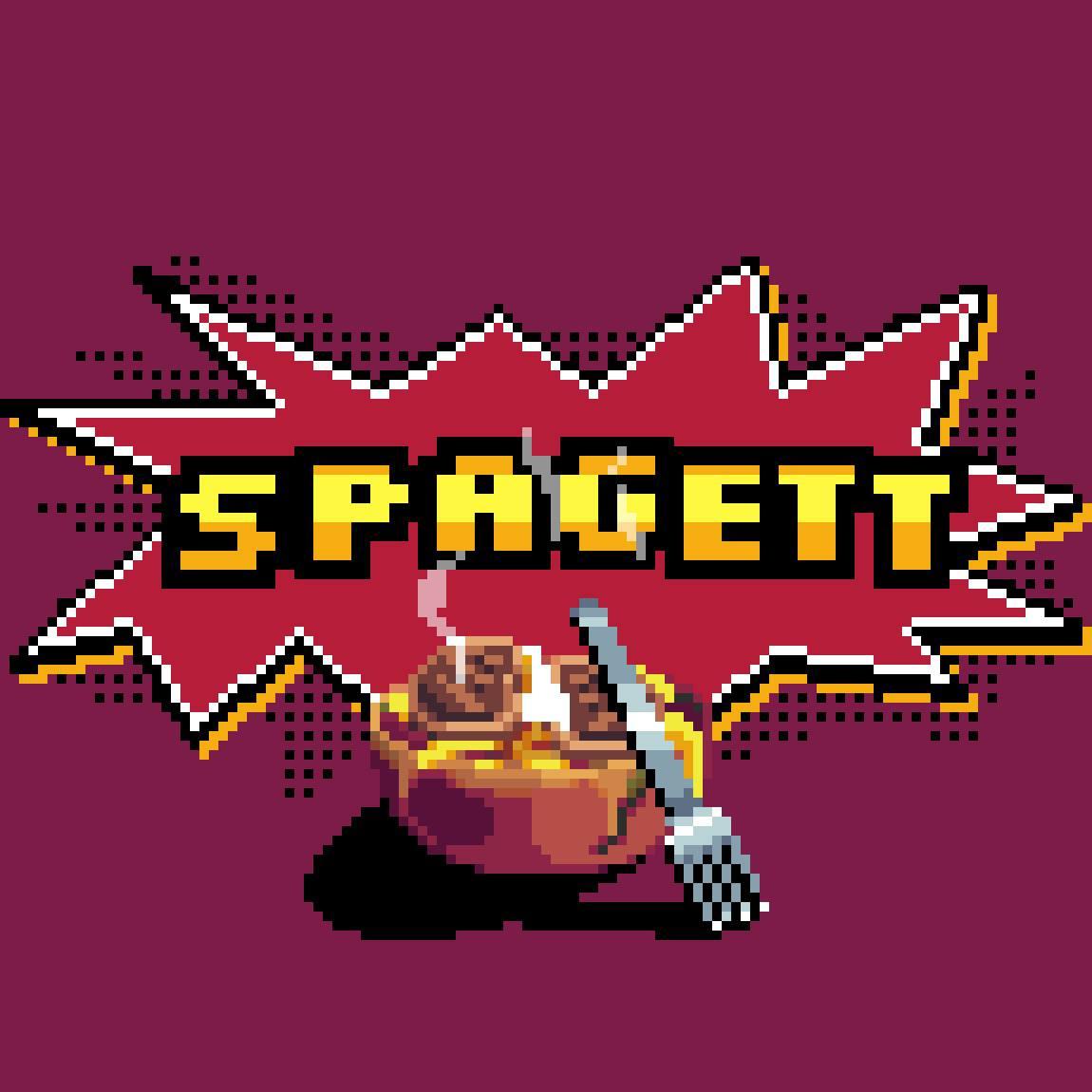
Check out the post on Medium here.
Decentralization has always been one of the core focuses of Spagett, which is why we store the image data of our NFTs on IPFS, deploy our application on a decentralized cloud, leverage Metamask/ web3 for contract integration, and use Infura for our contract interaction. More protection equals a more stable project wouldn’t you agree? This is why we go with StackOS.
Working with StackOS and their team has offered something that as project managers, developers, etc, we always wanted- stability, security, and decentralization. If we are going to leverage blockchain for our project, then we might as well go all out and use blockchain for everything. As they say, “eat your own dog food”.
To take our first step in this direction we decided to deploy our entire website on StackOS.
Deploying our application on StackOS allows for ease of deployment, secure deployments, paying for our CPU/ Memory usage in cryptocurrency, $STACK tokens to be specific, and it’s also a great opportunity to support another amazing project in the space.
We went ahead and wrapped our website into a Docker container to deploy on StackOS. It was an easy process to get some $STACK tokens, connect our Metamask wallets and transfer it over to app.stackos.io. Once that was done, thanks to the nice layout of StackOS, it was easy for us to purchase the necessary compute resources in the upgrade tab.
What we love the most about StackOS is that it allows you to run multiple instances in parallel so easily. Quick tip, if you are deploying your application and expect insane amounts of concurrent load, then we suggest using at least 3 replica sets, and maxing out the CPU and Memory for your application.
To use our Spagett.io domain, it was an easy transition verifying that we owned the domain via a txt record in our DNS records. Then we verified via the StackOS verify functionality that we owned the domain. Finally, we grabbed the IP address of our application and created an A record. We chose to use Cloudflare for our DNS provider due to proven success in preventing DDoS attacks and enabling HTTPS by default.
Another feature that stands out is the ability to see inside our platform, interact with our application by seeing logs, SSHing into our container, and restarting the pod if necessary. This was crucial for our debugging phase and ensuring things were being provisioned right in the container for our web app.
While StackOS is a new deployment strategy that we used, we have been extremely happy with it. Spagett believes in the overall NFT community and the blockchain space. So we can’t wait for other projects which strive for total decentralization, something that the Spagett team truly believes in, to use and experience StackOS.
It has been an awesome experience to work with StackOS, from the team behind it to the community that supports it. We are true believers and will launch all our future projects with StackOS.
Useful Links for teams trying to adopt StackOS:
- How to buy $Stack tokens here
- How to containerize your web application here
- How to deploy your container on StackOS here
- Infura
- Cloudflare
- Pinata.cloud for IPFS



